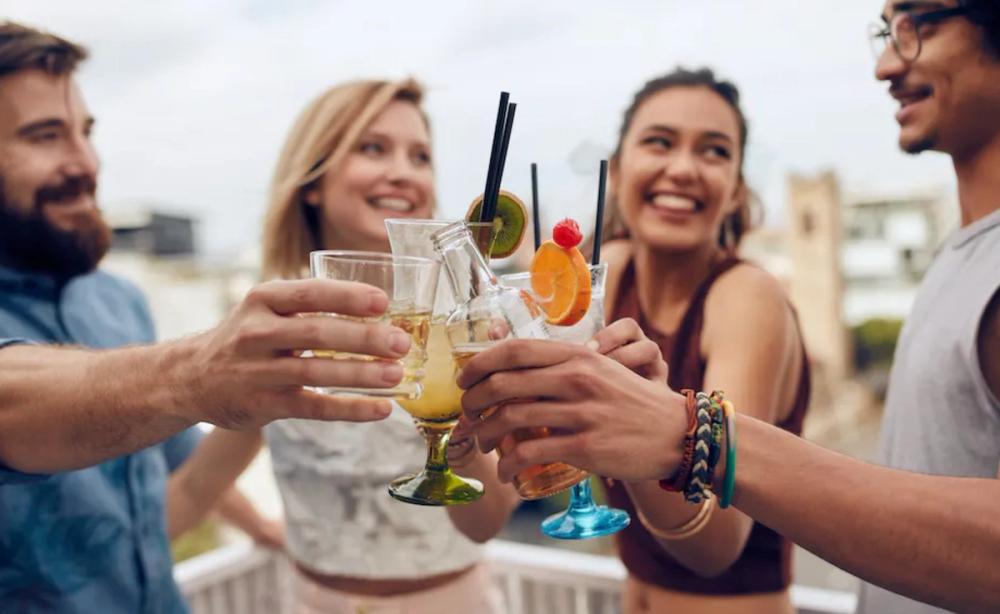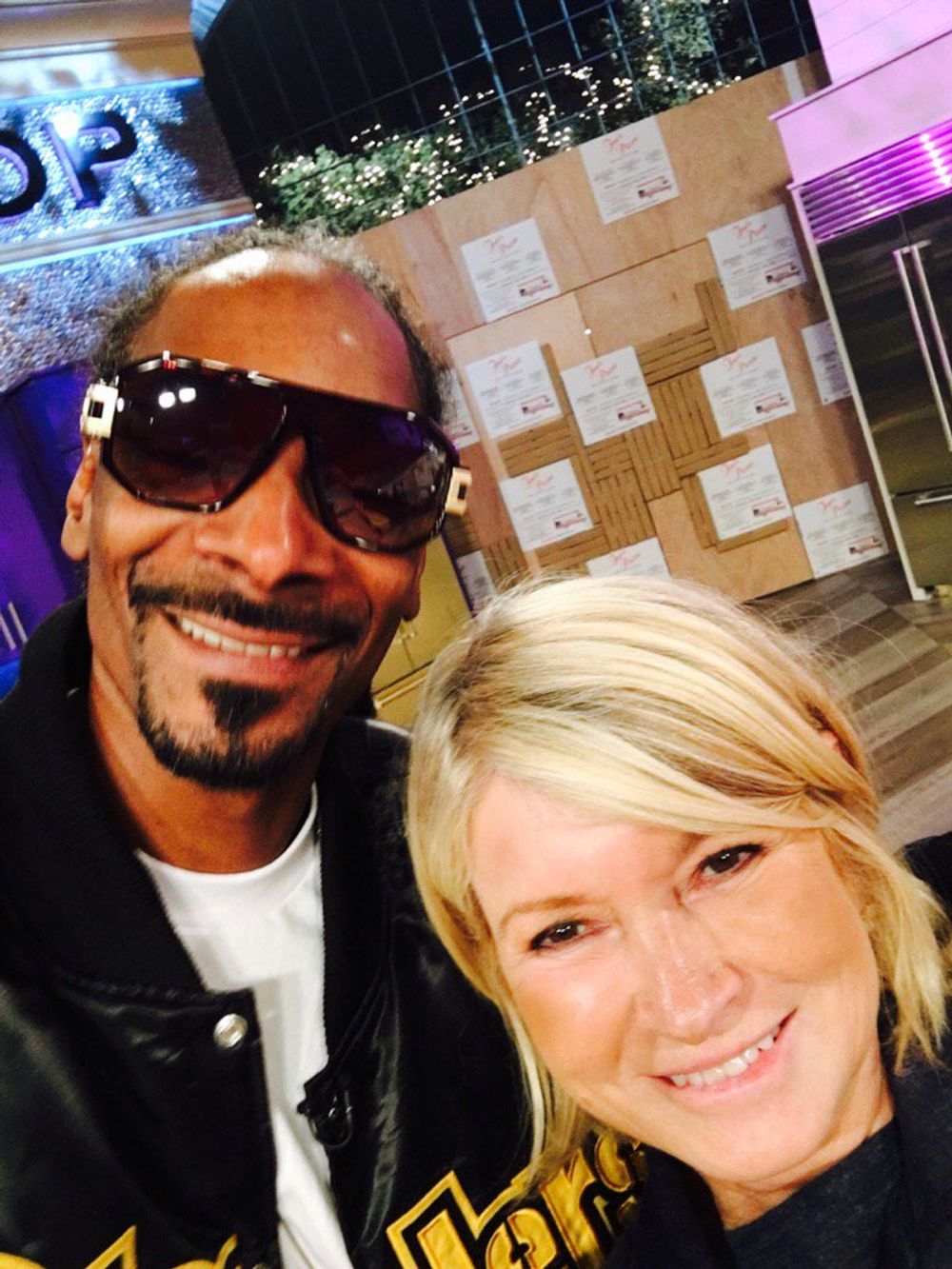“Weʼre now looking at a vastly more competitive drinking landscape than a few generations ago.” That’s the warning from YesMore Creative’s Daniel Hooper who says why wine risks losing out to other more relevant drinks categories for younger consumers.
“The state of the American wine industry is grim…” is how an article written in January for the New York Times titled ʻThe American Wine Industry Has an Old People Problemʼ opens. It continues: “…according to a closely watched report that annually analyzes its trajectory. Winemakers and advertisers are missing out on younger consumers…by failing to produce wines that fit their budgets and neglecting to reach out to them with targeted marketing campaigns.”
At a glance, the same could be said for the UK, where the only demographic growth seen in 2022 was in the 55+ “Boomers” generational cohort, according to a Wine Intelligence UK wine landscape report.
The report also states the regular wine drinker in the UK has become older and is receiving higher incomes in 2022 compared to that in 2019. But is it as simple as producers not creating budget-friendly wines and showcasing younger generations in their marketing?
The NY Times article also points to a “distinct lack of enticing, introductory wines”. As well as a “long-held avoidance of the nutritional information” on the label, something hard seltzers, for example, have embraced.
While I would agree (in part) with these criticisms, I think thereʼs a far wider-reaching factor preventing anyone outside of the UK’s boomer cohort from getting involved in the category, and it lands in how we now drink wine in the UK.
The UK report shows that the frequency with which Brits are drinking wine is stable, but the amount drunk per occasion is falling, coupled with an increase in higher spending from the more adventurous segments of the wine-drinking population. Meanwhile lower-spending, routine drinking groups have decreased.
This tells me that younger generations are taking a quality-over-quantity approach when it comes to wine. Even more pointedly, the largest drops in volume from all brands tracked came from the lowest price bands, which is in direct conflict with the point of view in the United States.
The increase in organic wine is another key indicator of quality-over-quantity.

Corvezzo has built its brand image on the back of its organic status
The Italian Prosecco brand, Corvezzo undertook a seven year long overhaul to entirely convert its vineyard into producing organic wine. Since then, being an organic producer has become core to the brandʼs DNA. With its reported sales growing year-on-year, itʼs a strategy that certainly seems to be working for the brand.
This level of growth clearly demonstrates Corvezzo as an outlier in the overall wine market. Corvezzo’s unwavering commitment to respecting the environment has earned it a loyal consumer base. As one of the few wineries that use absolutely no herbicides, pesticides, or chemical fertilisers, Corvezzo takes great pride in maintaining production transparency. Using renewable energy sources further solidifies its dedication to sustainable practices that protect the planet. Corvezzo’s foresight in organic production has given it an edge in the industry, as the trend for organic products has exploded in recent years. Rather than fixating on price, it has been looking at how to give the consumer in the UK more.
Now, the US and the UK are very different markets. Although they seemingly have the same problem. Iʼm not suggesting the solution for the UK is right for the US, but I think itʼs lazy to jump straight to the budgets of anyone below fiy.
Quality over quantity could explain why volumes in other demographics are lower, but why no growth?
Spoilt for choice

Wine is now having to compete with far more drinks choices for younger people to buy and enjoy
Itʼs important to remember weʼre now looking at a vastly more competitive drinking landscape than a few generations ago. Young UK wine drinkers have options and are pursuing those options to find new, never before seen products they can share with friends, something beyond the supermarket shelves. Itʼs no surprise to anyone that wine is now competing with more categories than ever, selling to a generation with fewer drinking occasions and less interest in drinking than previous generations.
So to all UK wine brands, you might not be able to rely on Boomer-led heavy weekly consumption forever, instead of chasing it, create solid, good-looking, unique wines where quality over quantity reigns supreme. Offer something more and youʼll find that your customers will reward you for it.
One proven strategy is to focus on building relationships with customers. Here youʼre looking to create loyalty and trust with them, rather than a one-off purchase. Offering a subscription-based service and rewarding them with limited editions and changing SKUs where possible.
Digital appeal
Additionally, investing in digital marketing, namely social media advertising can help bring in new customers and keep existing ones engaged with your brand. Find relevant occasions where wine can find seamlessly into their socializing and show it in your content.

Celebrity and notoriety power has seen 19 Crimes enjoy great success with its link up with Snoop Dogg and Martha Stewart
As well as eye-catching content, campaigns could be key to appealing to the social-savvy audience. Namely ones with talent younger audiences know and trust. 19 Crimes did this commendably when it partnered with Snoop Dogg on their Cali Red. It became the fastest growing wine brand on Instagram in 2022, off the back of the campaign for the SKU, and another with Martha Stewart. It translated to real world sales, as well: Cali Red was the number one selling red wine of 2022, and it introduced 33% of new consumers into the wine category, according to Wine Industry Advisor.
Pivoting to portable options would also help older wine brands catch up with younger competitors in attracting Gen Z and Millennial drinkers. RTDs offer a practical solution for outdoor drinking, and one of the biggest sales opportunities of the summer: festivals. In-Bev saw this opportunity and seized it in 2019 when they bought Babe wine, the canned drink company founded by social media celebrity Fat Jewish. It was their highest cost wine acquisition ever, and few of the stalwart brands are stepping up to compete.
Finally, consider a focus on sustainability. Much like Corvezzo, UK wine brands could all do a better job demonstrating how sustainable production practices can create quality products without sacrificing taste or texture. This could involve using natural methods for pest control, soil enrichment and crop management to reduce inputs and increase resilience.
Overall, yes younger generations on both sides of the pond arenʼt joining in a glass of vino as regularly as older generations, but donʼt be so quick to blame budgets. Do your work and youʼll be rewarded. Invest in top-notch marketing, expand your product offerings and consider sustainability measures to appeal to younger audiences. Know that youʼll always have a supportive base of older generations who will appreciate the hard work dealing with these youngsters.
- YesMore Creative is a brand development and marketing agency aimed at the drinks industry. Click here to find out more.
- You can read more of Dan Hooper’s articles here.










































